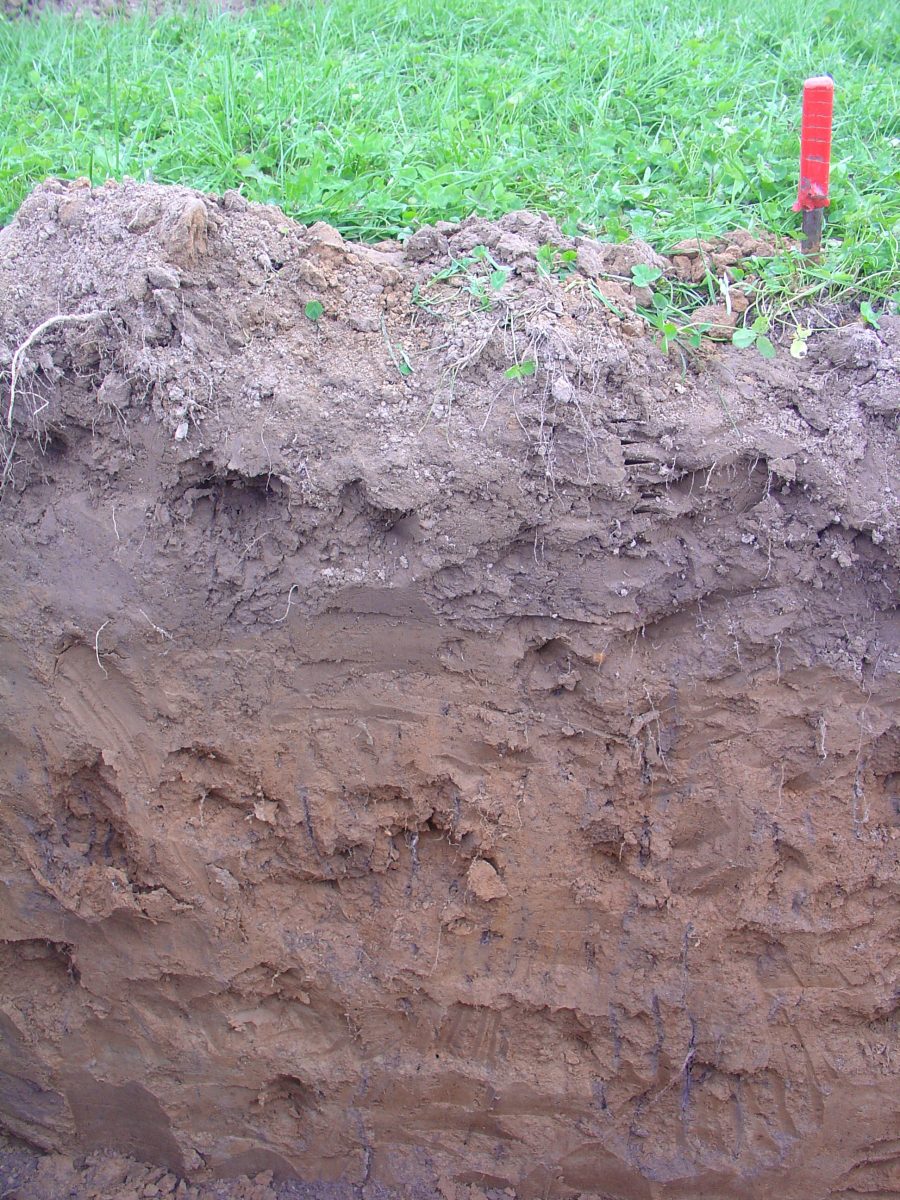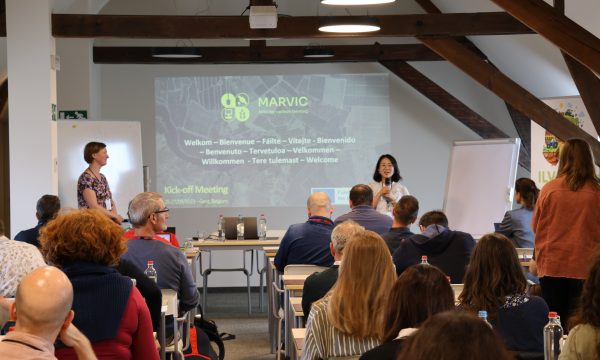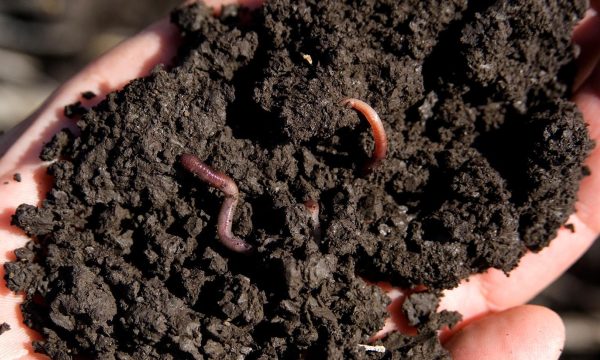Project news Systematic monitoring of carbon in Flemish soils
The Flemish Government, ILVO, Ghent University and INBO have developed a methodology for a soil carbon monitoring network in Flanders. This is necessary for the five-yearly European reporting on Land Use, Land Use Change and Forestry, but also allows a first interpretation of trends in soil carbon for the evaluation of the quality of Flemish soils.

By implementing the LULUCF (Land Use, Land use Change and Forestry ) regulation, the European Union wants to intervene on emissions induced by human activities and/or storage in carbon stocks. In doing so, it puts forward the "no-debit rule" for the period 2021-2030. Specifically, each member state must do everything possible so that existing carbon stocks are at least preserved at the end of that period. In order to meet this objective, the Flemish Government aspires to start up a systematic monitoring of changes in organic carbon stocks in Flemish soils. Such a large scale sampling is kept manageable and cost efficient by estimating beforehand the present variability and the number of sampling points that will be required to detect a certain change in organic carbon. This is done for all land uses (i.e. cropland and grassland, forest, nature and land use (e.g. gardens)). Therefore, at the request of the Flemish Government (Department of Environment), Ghent University, ILVO and INBO joined forces to develop a well-founded methodology for a soil carbon monitoring network in Flanders.
After comparing existing foreign monitoring initiatives and existing information within Flanders, a design for a carbon monitoring network was formulated. A set of 10mx10m sampling locations across all land uses was chosen, where carbon stocks are determined to a depth of 1m. Protocols for sampling, preparation and analysis were developed for this purpose. The number of monitoring plots required for detection of an average carbon stock change of 4‰ over 20 years was set at approximately 2600. Over a 10-year period (t0), 10% of these points should be sampled each year. This phased sampling allows for relatively rapid initial detection of carbon stock changes. This meets the need for five-yearly LULUCF reporting and also allows a first interpretation of trends in soil carbon to evaluate the quality of Flemish soils. Only after complete re-sampling of all sites after 20 years will the proposed minimum detectable difference in carbon stocks be achieved. Potential sampling locations (and additional reserves) were spatially determined and a proposal for monitoring plots for the follow-up of carbon stock changes due to land use changes (e.g. field to grass) was formulated. In addition to the development of the methodology, an accurate costing of the monitoring network was carried out.Read the report here (in Dutch)
Rapport
Lees het volledige rapport


